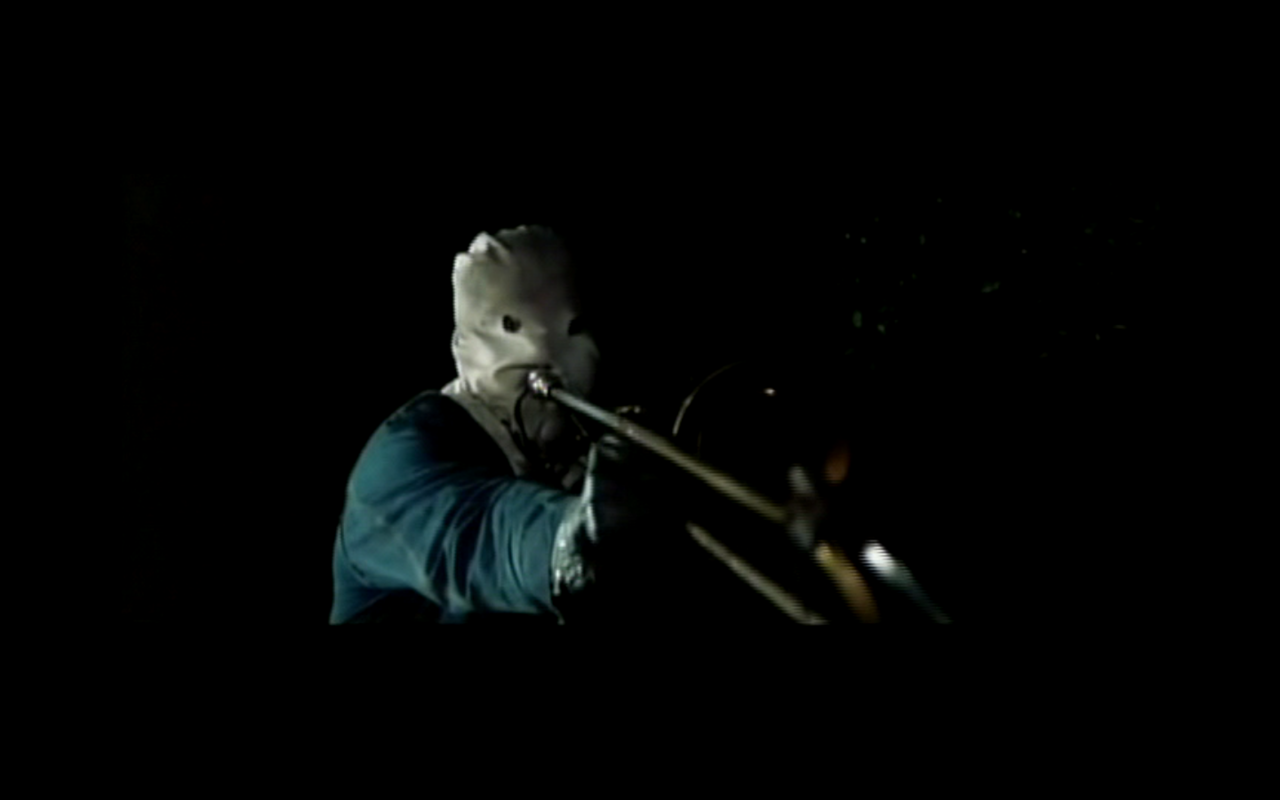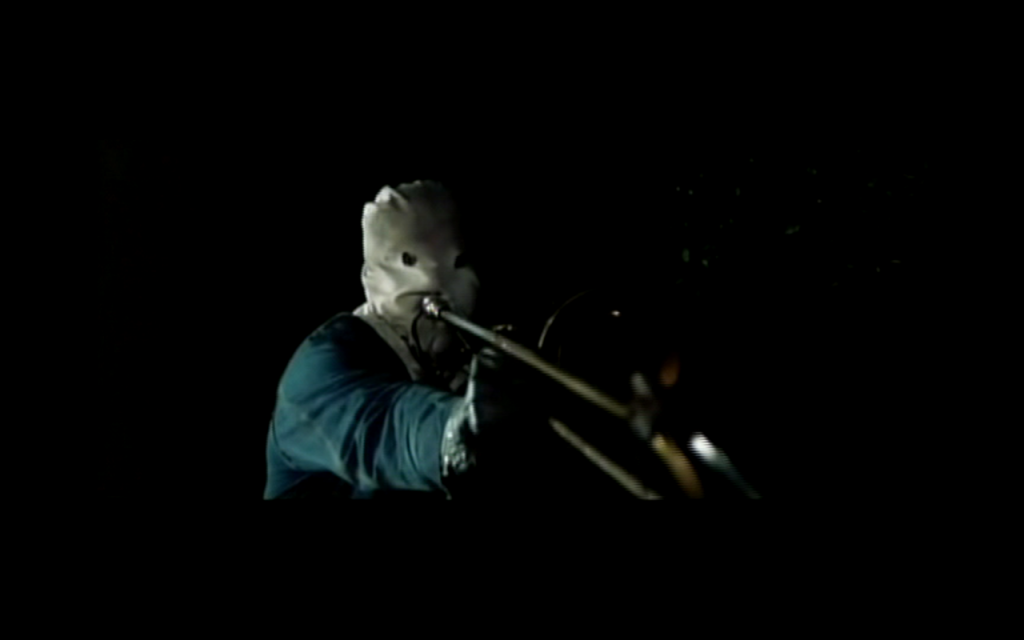The Town That Dreaded Sundown (2014) (Reviewed by Lisa Marie Bowman)
The Town That Dreaded Sundown is the latest classic horror remake. In this case, it’s a remake of a 1976 docudrama about a real-life serial killer who, shortly after World War II, haunted the streets of my former hometown of Texarkana, Texas. The original was a low-budget but effectively creepy little film that was shot on the streets of Texarkana and was full of authentic Texas atmosphere. (It helped that it was directed by Charles B. Pierce, a Texarkana native, as opposed to some jerk from up north.) What made the film all the more haunting was the fact that — in both the movie and in real life — the Phantom Killer was never captured.
So, how does the remake compare?
*Sigh*
(For the record, I’m not only signing but I’m also massively rolling my mismatched, heterochromatic eyes.)
Listen, I will give this film credit for attempting to be something more than just your usual horror remake. It actually does have a fairly clever premise. Instead of retelling the original story, the remake of The Town That Dreaded Sundown begins with a bunch of people in present-day Texarkana sitting around and watching the original film. There’s even an eccentric character named Charles B. Pierce, Jr. (Denis O’Hare) who we are told is the son of the original director. It’s a clever idea, one that wisely acknowledges the effectiveness of the original film while also commenting on the continuing mystery surrounding both the identity and the fate of the Phantom Killer.
And, when someone dressed like the original Phantom Killer starts to murder young couples in Texarkana, we — just like the characters — are left to wonder whether it’s the spirit of the Phantom or if it’s someone imitating the murders from the original film or whether it’s something else altogether.
That’s certainly the question faced by Jami (Addison Timlin), who survives being attacked by this new Phantom but then grows obsessed with trying to discover who he is. Addison Timlin gives a really good performance here. She’s likable and sympathetic, the perfect “final girl.”
In fact, the entire film is well-cast. Anthony Anderson is a lot of fun as a cocky Texas Ranger while Gary Cole and Joshua Leonard do good work as members of local law enforcement. Denis O’Hare, who I will always think of as being Russell on True Blood, brings a certain dissipated nobility to his role. The victims are all sympathetic and the killer is creepy.
But, with all that in mind, I was disappointed with the remake of The Town That Dreaded Sundown. The reason the original film worked is because it was made by a member of the Texarkana community. Charles B. Pierce knew the town and he understood why the Phantom Killer continued to haunt the citizens. What his movie lacked in technical polish, it made up for in authenticity.
Though the remake features a narrator and duplicates the original’s obsession with letting us know whether each scene is taking place on the Texas-side or the Arkansas-side of the town, there’s still absolutely nothing authentic about it. Whereas the original was filmed entirely on location, the remake was mostly filmed in Shreveport with only three days devoted to getting some location footage of downtown Texarkana. As someone who has lived in both Shreveport and Texarkana, allow me to assure you that you can totally tell the difference.
The remake was produced by Ryan Murphy (of Glee and American Horror Story fame) and the film really does feel like a lesser season of American Horror Story. It’s a film that has so little use for subtlety (just check out Edward Herrmann going totally overboard as a hypocritical preacher) that its creepy moments are totally smothered by all the heavy-handed cartoonishness that surrounds them.
Ultimately, the remake fails because it has no feel for or understanding for my homestate. It was made by people who obviously know nothing about Texas or Arkansas beyond what they’ve seen in other movies produced, directed, and written by other northerners.
The 1976 Town That Dreaded Sundown worked because it was authentic. Despite a few good ideas, the remake is just too generic to do justice to the original.



